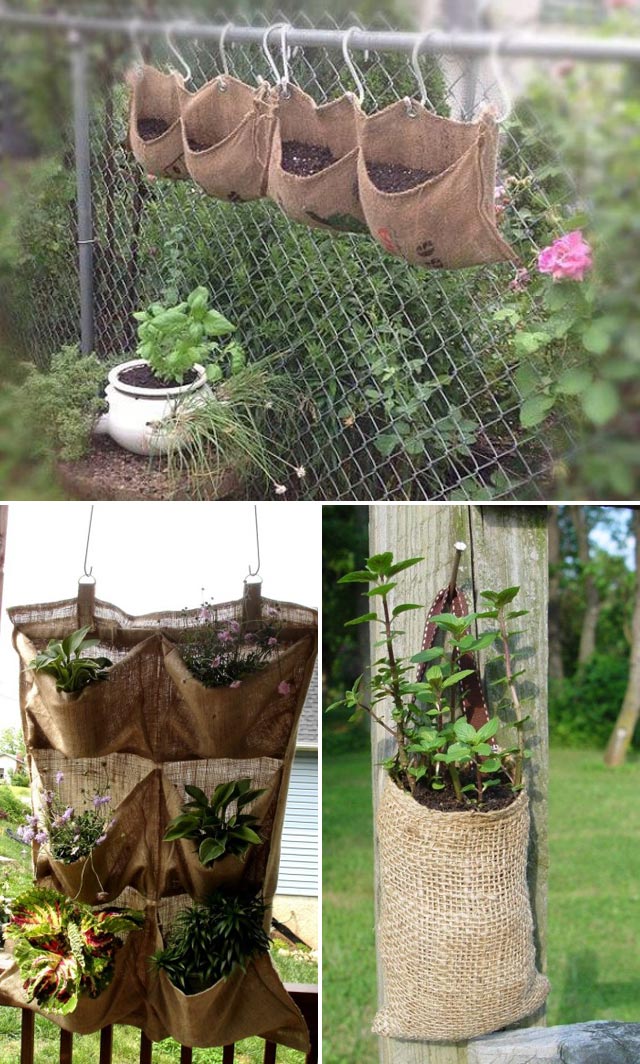- October 17, 2024
- Posted by: wellcoindustries
- Categories: Burlap, Erosion Control
Introduction
As more gardeners turn toward sustainable and eco-friendly practices, the use of burlap sacks for plants has become increasingly popular. Burlap, a fabric made from natural fibers like jute, provides numerous advantages for plant growth and protection. Whether you’re a seasoned gardener or just starting out, learning how to incorporate burlap sacks into your garden can yield significant benefits. In this complete guide, we will explore how burlap sacks contribute to healthier plants and offer tips on using them effectively in your garden.

What Are Burlap Sacks?
Burlap sacks are made from jute, a natural fiber known for its durability and biodegradability. This fabric has long been used in agriculture for storing crops like potatoes and coffee, but it has recently gained popularity in the gardening world for its eco-friendly qualities. Burlap is a sustainable material that decomposes naturally, making it an excellent choice for gardeners who want to reduce their environmental footprint.
Unlike plastic or synthetic materials, burlap doesn’t contribute to pollution or the accumulation of non-biodegradable waste. It’s breathable, allowing air and moisture to pass through, which creates an ideal micro-environment for plants. By using burlap sacks, you’re not only helping your plants but also supporting a more sustainable gardening ecosystem.
Key Benefits of Using Burlap Sacks for Plants
There are several reasons why burlap sacks are a fantastic addition to any garden. Here’s a breakdown of the top benefits:
- Water Retention One of the key advantages of using burlap sacks for plants is their ability to retain water. The porous nature of the material allows water to pass through while maintaining moisture around the roots. This is especially useful in dry climates where plants require consistent hydration to thrive. The burlap sack acts as a water-conserving layer, reducing the need for frequent watering and promoting healthier root systems.
- Frost Protection Gardeners often struggle to protect delicate plants from frost. Burlap sacks offer a simple yet effective solution. When draped over plants during colder months, the material acts as a protective barrier that shields plants from harsh weather conditions without suffocating them. The breathable fabric allows air to circulate while preventing frost damage, making it an ideal solution for winter gardening.
- Soil Erosion Prevention Burlap sacks are also commonly used to prevent soil erosion. In areas prone to heavy rains or winds, soil can be easily washed away, which leads to nutrient loss and weakened plant growth. By placing burlap sacks over the soil, you create a stabilizing layer that keeps the soil intact, allowing plants to establish stronger root systems and flourish.
- Breathability and Root Health Burlap’s breathable nature provides excellent ventilation for plant roots. Unlike plastic covers or pots, which can trap moisture and lead to root rot, burlap sacks allow for adequate airflow, reducing the risk of fungal diseases and promoting healthy root development. This ensures that your plants grow in a balanced environment where roots can access both water and air efficiently.
How to Use Burlap Sacks in Gardening
Burlap sacks offer versatility when it comes to gardening applications. Here are some ways you can use them:
- As Plant Covers During colder months or when expecting frost, you can drape burlap sacks over your plants to provide protection. Simply secure the sack around the plant base with stakes or garden pins. Ensure that the sack doesn’t come into direct contact with the plant’s leaves, as this can cause damage during freezing temperatures.
- As Planters or Grow Bags Burlap sacks make excellent grow bags for small vegetables, herbs, or flowers. Fill the sack with soil, plant your seeds or seedlings, and let the breathable fabric support root growth. These makeshift planters are especially useful for those who have limited gardening space or prefer container gardening.
- As Ground Covers If you’re dealing with exposed soil in your garden beds, lay down burlap sacks to prevent erosion and weed growth. The sacks will decompose over time, enriching the soil with organic matter as they break down, creating a healthier growing environment for your plants.
Environmental Impact of Burlap Sacks
Choosing burlap sacks over plastic or synthetic materials significantly reduces your garden’s environmental footprint. Burlap is biodegradable, meaning it breaks down naturally over time, enriching the soil rather than polluting it. In comparison to plastic, which can take hundreds of years to decompose and often leaches harmful chemicals into the soil, burlap is an eco-friendly alternative that aligns with sustainable gardening practices.
Moreover, the production of burlap is much less resource-intensive than synthetic fabrics, requiring fewer chemicals and less water. This makes it a more responsible choice for environmentally-conscious gardeners who want to minimize their impact on the planet.
Conclusion
Incorporating burlap sacks for plants into your gardening routine can have numerous benefits, from improving moisture retention and root health to protecting against frost and preventing soil erosion. Burlap sacks offer a natural, eco-friendly solution that helps plants thrive while also being kind to the environment. Whether you’re using them as grow bags, plant covers, or erosion barriers, burlap sacks are a versatile tool every gardener should consider.
Ready to take your garden to the next level? Start using burlap sacks today and discover the difference they can make in your plant’s health and the environment. For more tips on eco-friendly gardening, explore our additional resources and start growing greener!
